Monologues
Euphonium Feature
-
Ships in 3 to 4 weeks
Details
Description
SKU: CN.17050
Euphonium Feature. Composed by Joseph Turrin. Arranged by Dennis Wright. Score and parts. Duration 22:00. Published by C. Alan Publications (CN.17050).This 4-movement concerto for euphonium and wind ensemble showcases what Turrin does best. He makes a band sound like a full orchestra with his inventive textures and masterful scoring.
Monologues was commissioned by the following consortium of universities: John N. Culvahouse, UGA Wind Ensemble / University of Georgia David Waybright, UF Wind Symphony / University of Florida Jim Copenhaver, USC Symphonic Band / University of South Carolina Cody Birdwell / George Boulden, UK Wind Ensemble / University of Kentucky Gary Sousa, UT Wind Ensemble / University of Tennessee Johnnie Vinson, AU Symphonic Band / Auburn University David Willson, UM Symphonic Band / University of Mississippi Dwayne Sagen/Tom Verrier, VU Wind Ensemble / Vanderbilt University Elva Kaye Lance, MSU Symphonic Band / Mississippi State University Frank Wickes, LSU Wind Ensemble / Louisiana State University W. Dale Warren, UA Wind Symphony / University of Arkansas Ken Ozello, UA Wind Ensemble / University of Alabama PERFORMANCE NOTES Chaconne: Although written in 4/4 the metronome marking is in two. I would like this movement to have a two feel throughout. It will probably work best conducted in a moderate two instead of a fast four. Make sure that bar 60 keeps pace and does not slow down too much. This section needs to have some breath while maintaining a forward motion. The piece that comes to mind with this movement is Ravel's Bolero. Arioso: Make sure the triplets are played musically in the ensemble. Crescendos and decrescendos should be dramatic and powerful. Intonation is important especially in the close harmonies and clusters. Bar 57 through 72 is a chamber group section with only a few instruments playing. Make sure that the solo euphonium, since he or she is out front, is balanced in the texture. Intermezzo: This movement should be light and steady. Staccatos need to be short and animated and the sixteenth note passages need to have personality and flair. Make sure that the movement keeps its tempo and does not bog down. Capriccio: Not much to know about this movement except to be careful not to cover the soloist. Pay attention to the balance. The key word here is energetic. Keep the drive and excitement throughout.
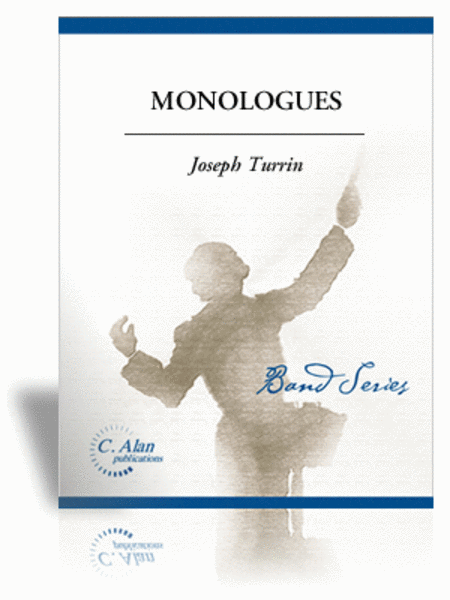
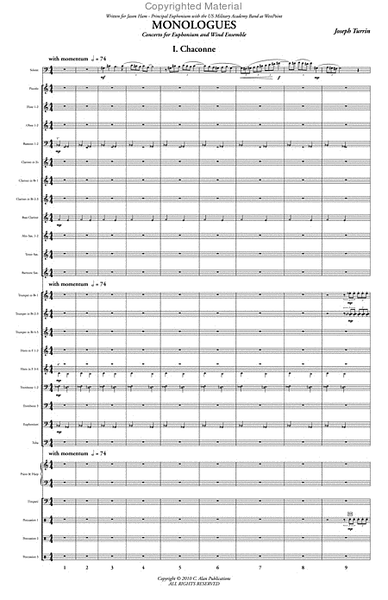
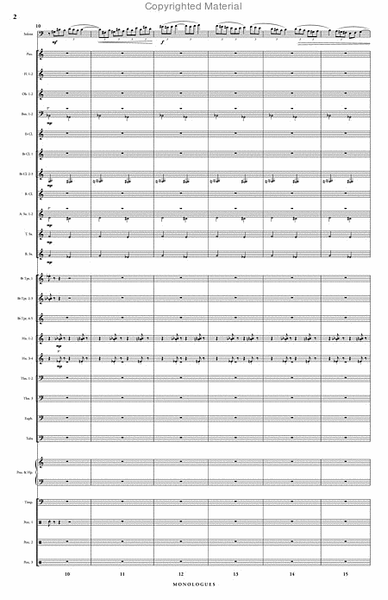
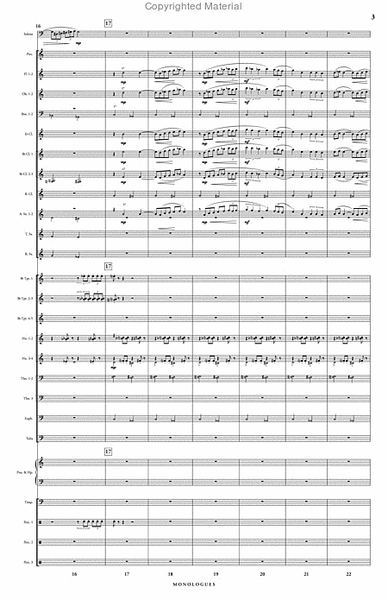
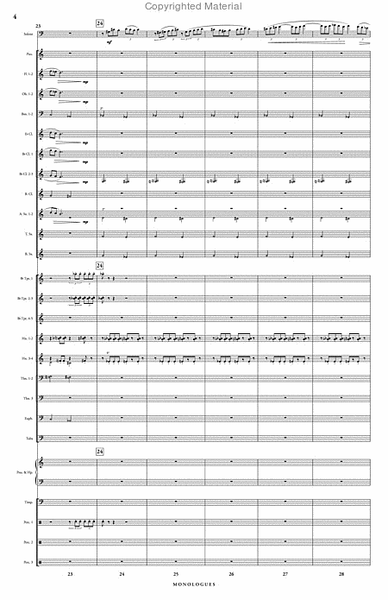
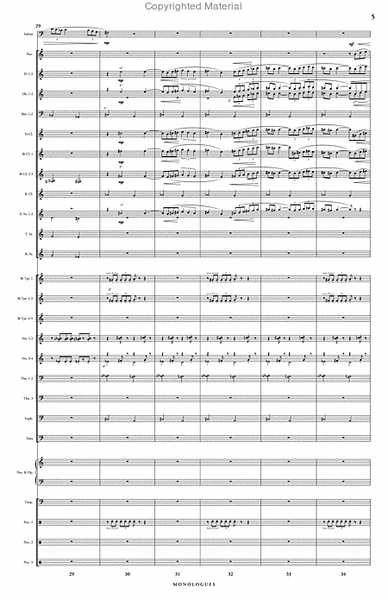
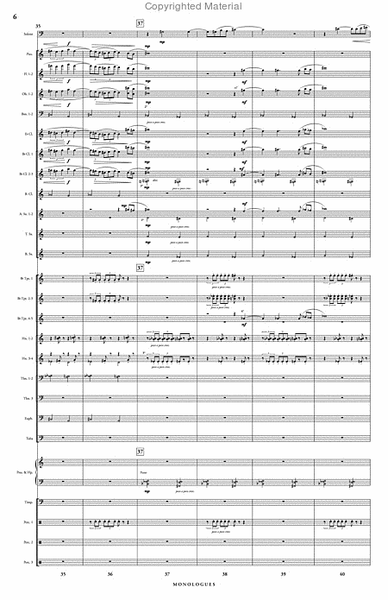
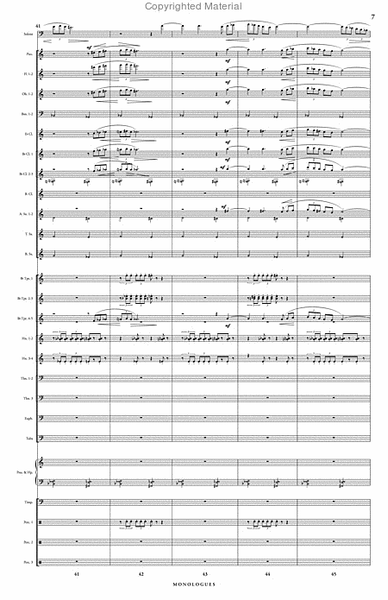
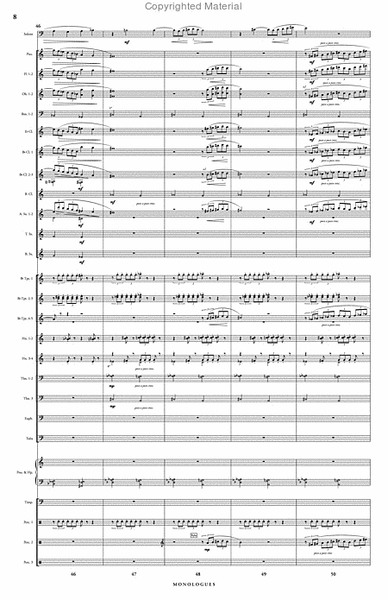
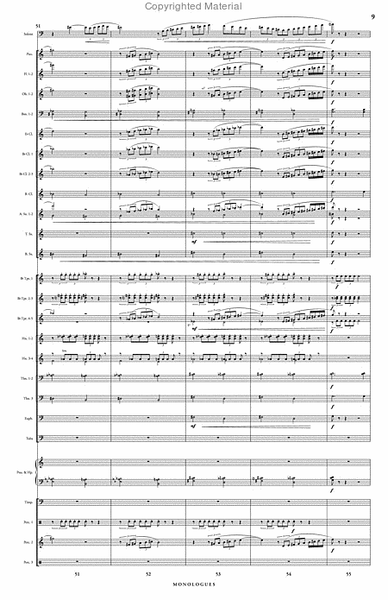
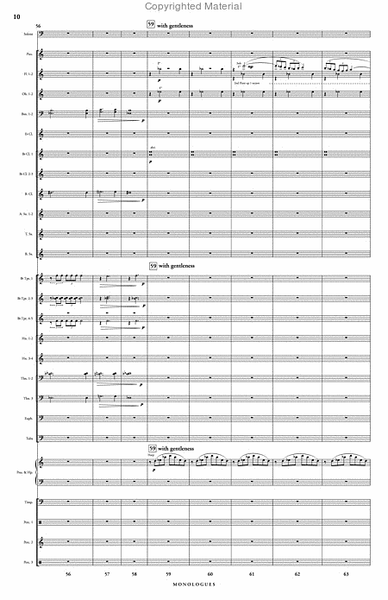
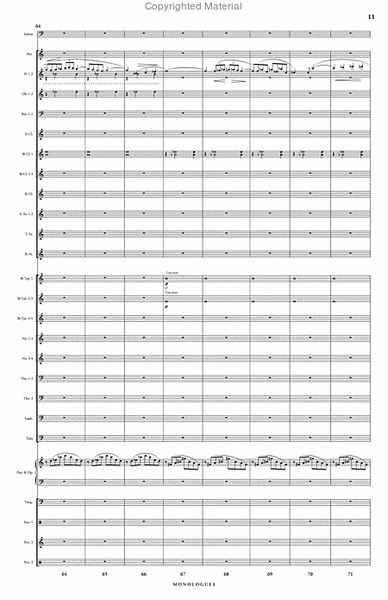
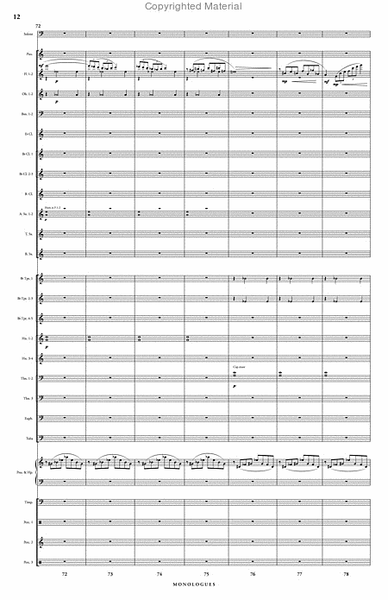
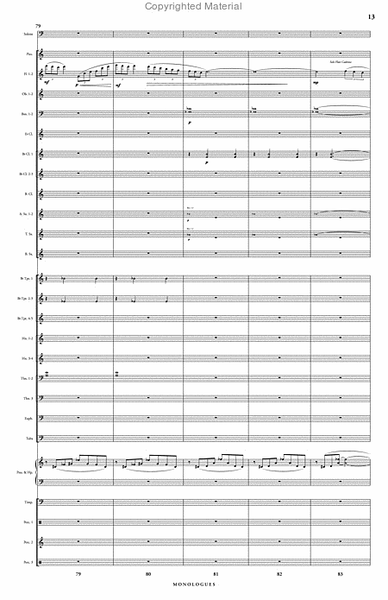
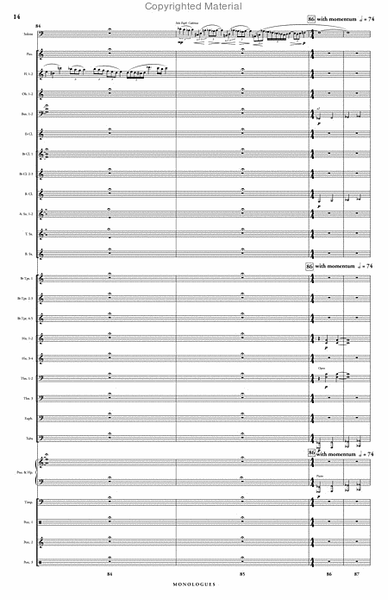
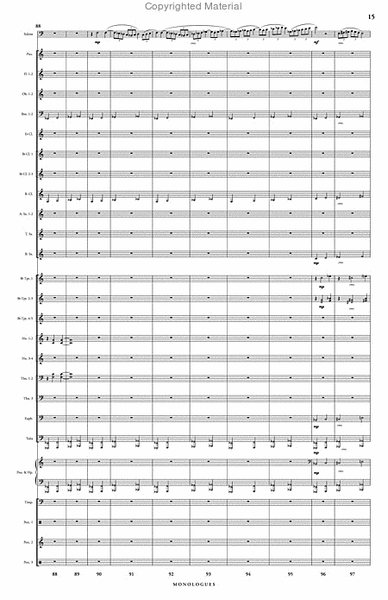
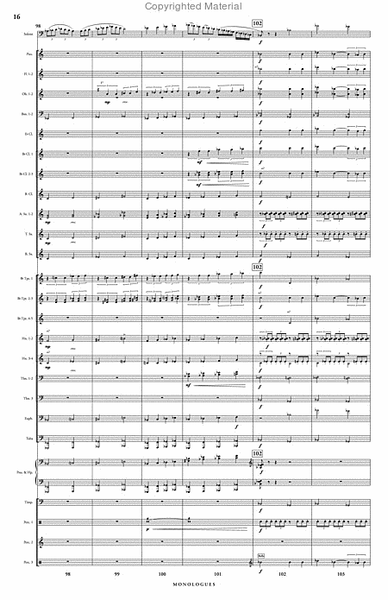
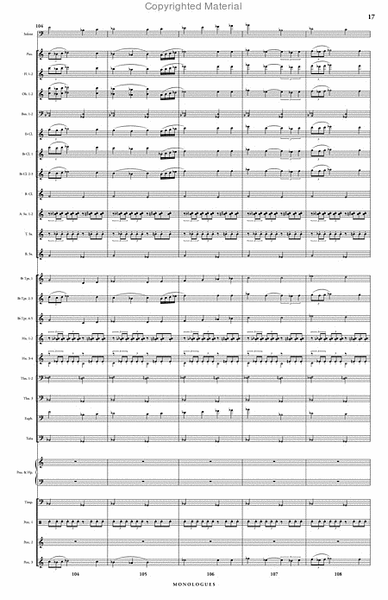
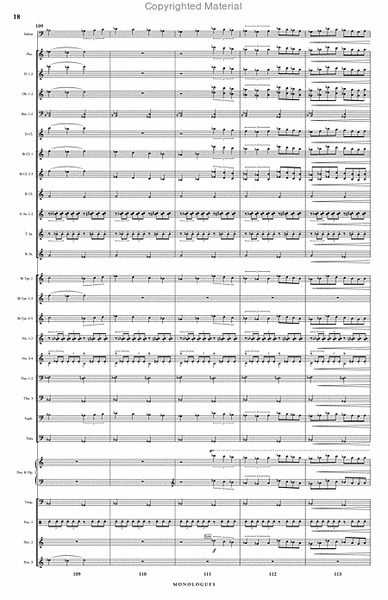
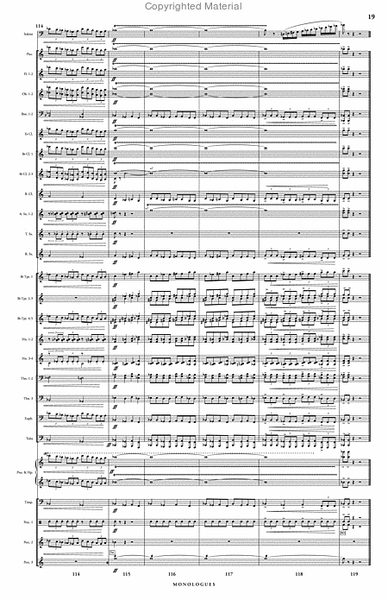
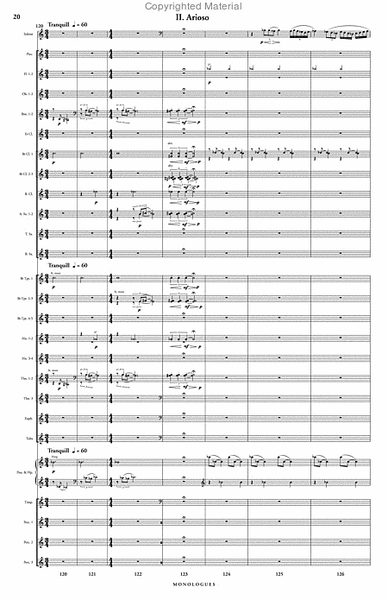
 Share
Share